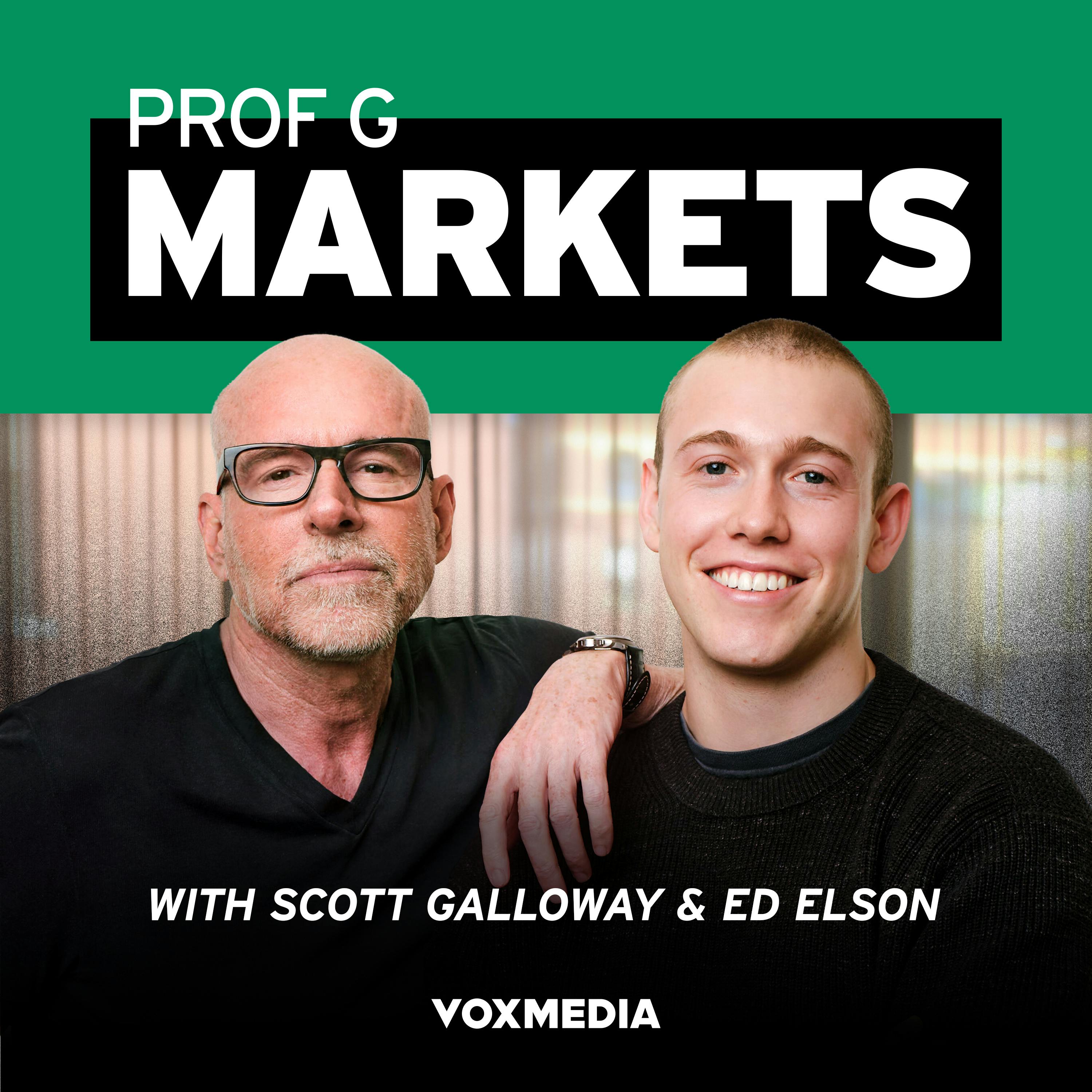PortalsOS
Related Posts
Vote to see vote counts

The circular deal theory in AI involves companies like NVIDIA investing in OpenAI, which then uses the money to buy compute from NVIDIA, creating a cycle of revenue between the companies.
In the AI ecosystem, the risk of transactions where a chip manufacturer funds a customer to buy their own product is a major concern. This practice can create artificial demand and should be closely monitored.
The competitive landscape in AI has led companies to engage in cashless transactions, such as the Microsoft-OpenAI deal, where credits are used as in-kind investments. This practice, now adopted by Amazon and Google, raises questions about the quality of revenue.

The AI economy might be headed for a collapse due to circular deals, as seen with recent agreements between AMD and OpenAI, and NVIDIA and XAI. This has led to widespread recognition of a potential bubble in the market.

The AI money bubble is a significant concern, with over a trillion dollars of incremental CapEx being announced, such as the recent OpenAI and Broadcom deal. This level of capital expenditure raises red flags about how it's being financed.

The circular nature of these deals, where companies like Nvidia invest in AI startups who then buy their chips, is raising fears of a bubble in AI.

The market is rewarding AI investments, but there's skepticism about the long-term economic sense. The real question is whether these investments create long-term liabilities that hinder future profitability.